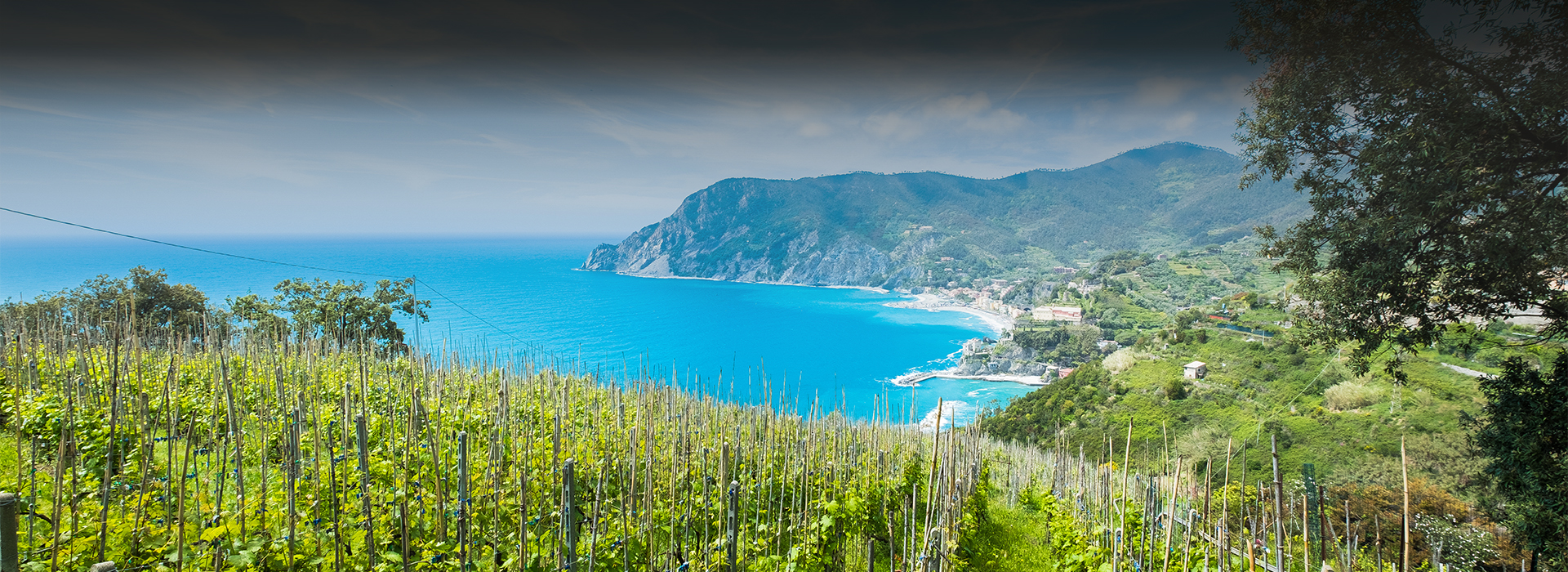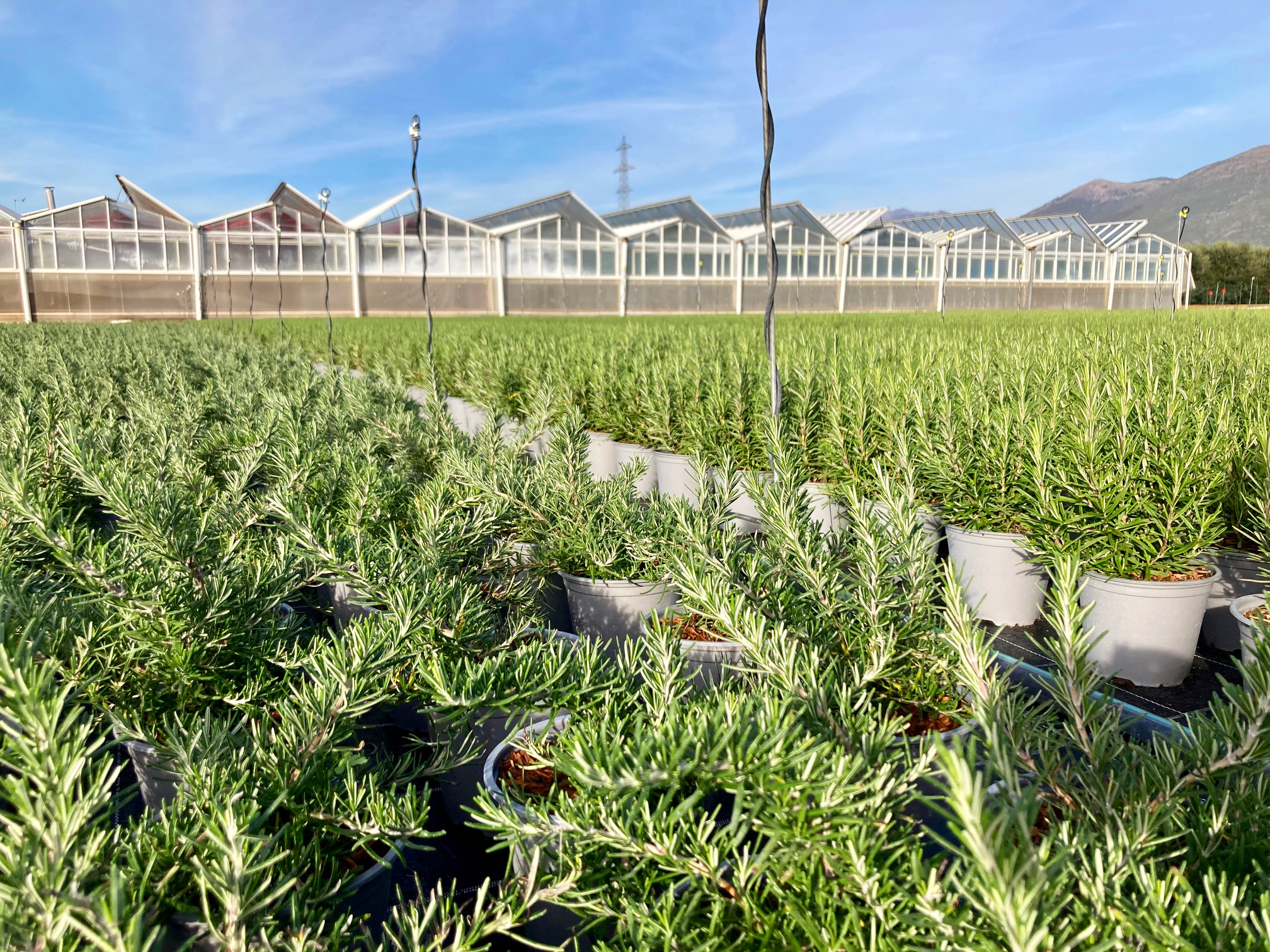With July, summer officially begins, and there is no better thing than bringing the colors and aromas of the Mediterranean directly to the vegetable garden or balcony at home.
Undisputed protagonists of this season, aromatics will find different applications: from cooking to body care, from natural perfumers to tonic drinks. Here is a brief guide to the aromatics to choose in summer.
- Basil: the most distinctive of Mediterranean aromatics. It is grown throughout Italy and has an upright, branching spindle from below. It owes its name to the Greek word basileus, royal, because of its many healing qualities, but some link its etymology to basilisk, the mythological creature that killed with a single glance. It was used as an insecticide and mouthwash and is one of the most widely used spices in cooking: from pasta dishes to ice cream, unforgettable our pesto alla Genovese.
- Lavender: with its unmistakable purple color and intense, penetrating scent, lavender is one of those plants that in a way reminds you of home. It is a spice with a thousand uses: antiseptic and analgesic, fragrant essential oil, its small flowers lend themselves very well to drying processes. It loves dry, stony soils and is also appreciated in cooking, especially as an accompaniment to white meats, fish and desserts. It is also excellent in infusions.
- Mint: Of the 40 species, only 3 are used in cooking - peppermint, romaine, and spearmint - from liqueurs to desserts, from traditional main courses to side dishes. The story behind its name is as tragic as it is romantic: the nymph Myntha, endowed with extraordinary beauty, was transformed by the wife of the god of the underworld, Proserpina, into a plant. Moved Jupiter gave her an aroma so intense that it attracted the attention of every passerby.
- Sage: common in stony places and on sunny slopes, it has small oval-shaped leaves and blooms in early summer. The name is derived from salvus for its therapeutic virtues known since ancient times. Legend has it that during the Spanish plague of the 1600s, people sprinkled themselves with a lotion of sage, thyme and lavender to avoid infection. It was once called the "spirit herb" because it could cure any ailment. Sage needs dry soil to grow best.
- Parsley: It is a very hardy plant and easy to grow even in pots. It needs areas of shade during the hottest and sunniest hours. You will also need to prune the tops frequently to allow the plant to regenerate new leaves.
You just have to try them all.









